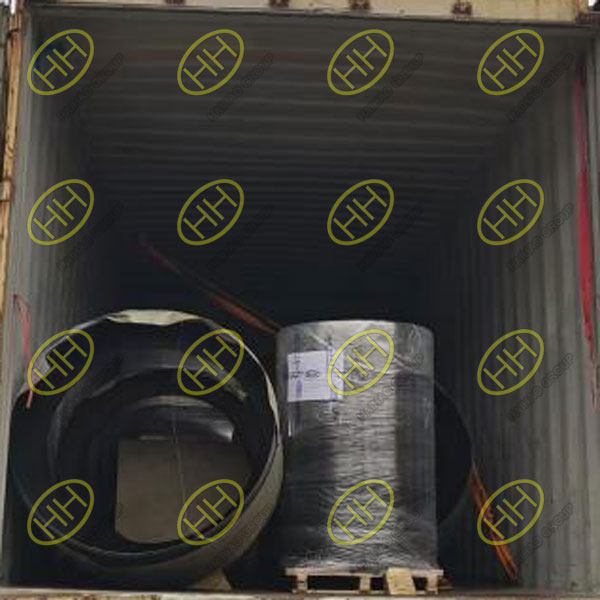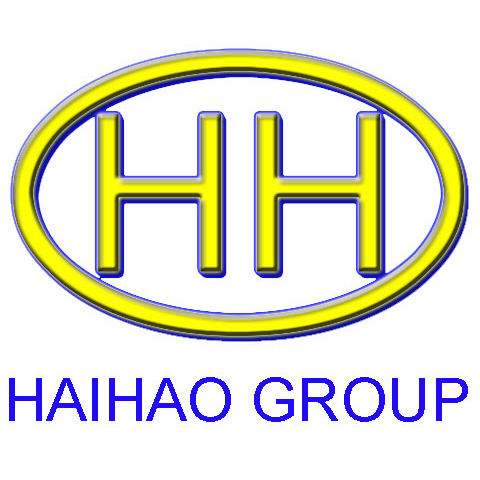Why NACE MR0175 / ISO 15156 Compliance Matters in Pipe Fittings
When it comes to piping systems in oil and gas applications, especially in sour service environments, choosing the right materials is critical to safety and system integrity. One of the most important standards that governs material selection in such environments is NACE MR0175 / ISO 15156. But what does this standard mean, and why is it especially important for pipe fittings like elbows, tees, reducers, and flanges? Let’s take a closer look.
Understanding NACE MR0175 / ISO 15156
NACE MR0175, originally published by the National Association of Corrosion Engineers (NACE), is a material standard designed to prevent sulfide stress cracking (SSC) in sour service conditions—environments where hydrogen sulfide (H₂S) is present.
It has since been adopted globally as ISO 15156, titled “Petroleum and natural gas industries — Materials for use in H₂S-containing environments in oil and gas production.”
The purpose of this standard is to ensure that materials used in oilfield equipment—particularly in wet H₂S conditions—are resistant to cracking and embrittlement caused by hydrogen-induced corrosion. This includes not only pipelines but also pipe elbows, flanges, forgings, and welded components.

NACE MR0175 ISO 15156 pipe fittings
What Is Sour Service and Why Is It So Dangerous?
“Sour service” refers to environments that contain H₂S, a toxic and highly corrosive gas. Even in small concentrations, H₂S can lead to:
Sulfide Stress Cracking (SSC) – brittle failure under tensile stress
Hydrogen Embrittlement – reduced ductility due to hydrogen diffusion
Localized Corrosion – such as pitting and crevice corrosion
These mechanisms can compromise the structural integrity of the piping system, resulting in leaks, failures, or catastrophic accidents.
This is why compliance with NACE MR0175 / ISO 15156 is not optional—it is essential for protecting assets, personnel, and the environment.
What Does NACE Compliance Mean for Pipe Fittings?
Pipe fittings, such as 45° and 90° long radius elbows, are critical components in piping networks. If these fittings fail under pressure or corrode due to sour gas exposure, the entire system is at risk.
NACE-compliant pipe fittings must:
Be manufactured from approved materials, such as ASTM B366 WPNCMC, WPHY-60, A234 WPB (with proper heat treatment), or A105N (when post-weld heat treated)
Meet strict requirements for hardness limits (e.g., Rockwell C ≤ 22 for carbon steel)
Pass impact tests and non-destructive tests (NDT) to verify weld quality and material soundness
Include full MTC (Material Test Certificates) to trace material origin and compliance
These requirements ensure fittings are resistant to SSC and hydrogen-related cracking, even under high pressure and temperature conditions.
Why NACE Compliance Matters in the Middle East and UAE Market
Countries in the Middle East, particularly the United Arab Emirates (UAE), have some of the largest sour gas fields in the world. The presence of H₂S in these fields makes NACE-compliant materials a strict requirement in nearly all upstream and downstream applications.
Engineering firms, EPC contractors, and end users in the region demand:
NACE-certified materials for all critical piping components
Full quality documentation, including impact test reports, NDT records, and dimensional inspections
Proven corrosion resistance and long-term reliability in high-risk environments
At Haihao Group, we regularly supply pipe fittings to UAE clients that meet or exceed NACE MR0175 / ISO 15156 standards. Our products are widely used in oil refineries, offshore platforms, gas processing plants, and acid gas injection systems.
Contact us today to learn more about our sour service solutions and how we can support your next project with certified quality and unmatched experience.Email:sales@haihaogroup.com

